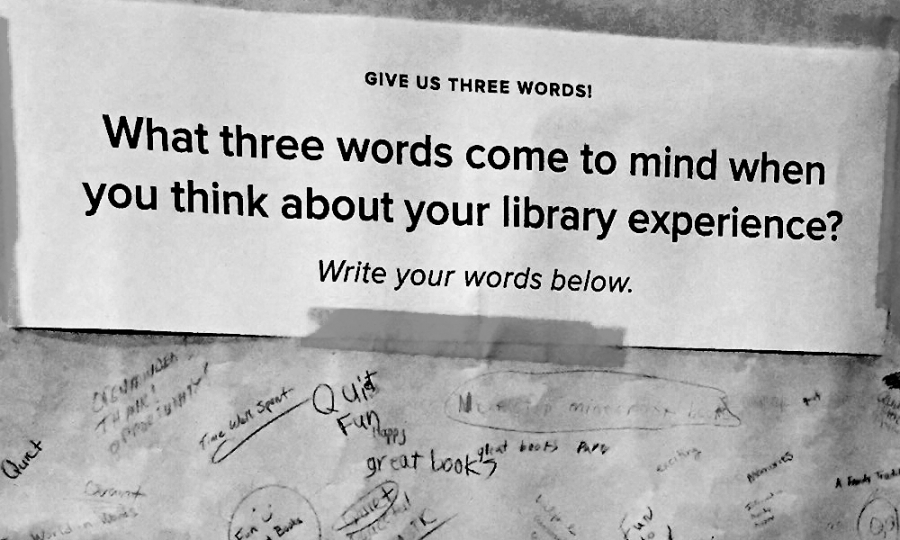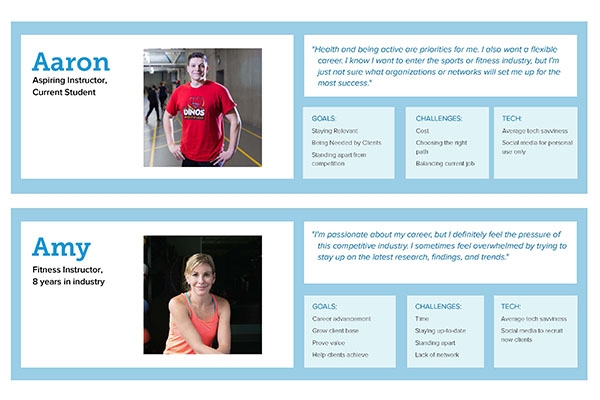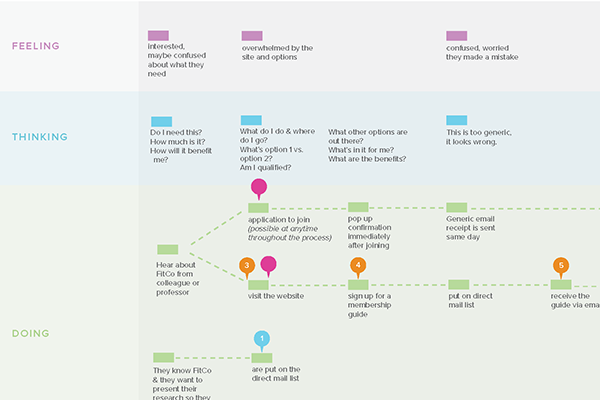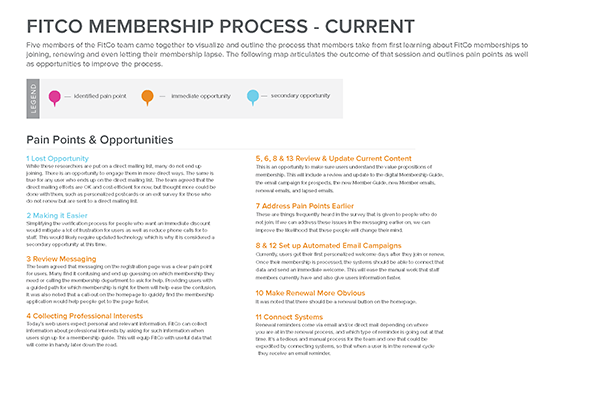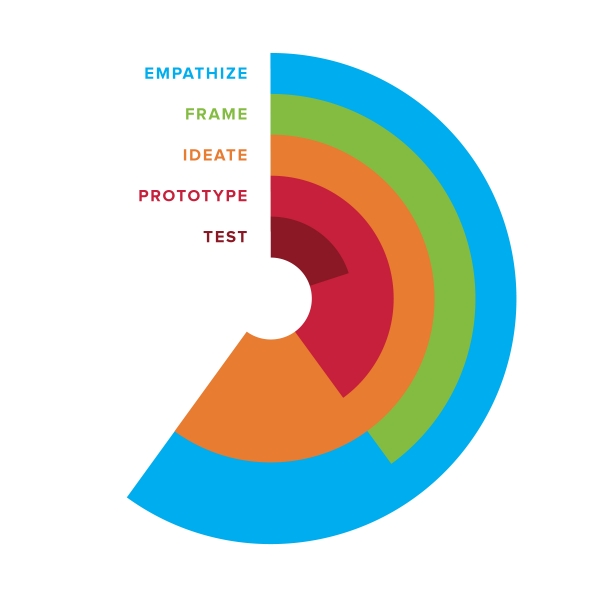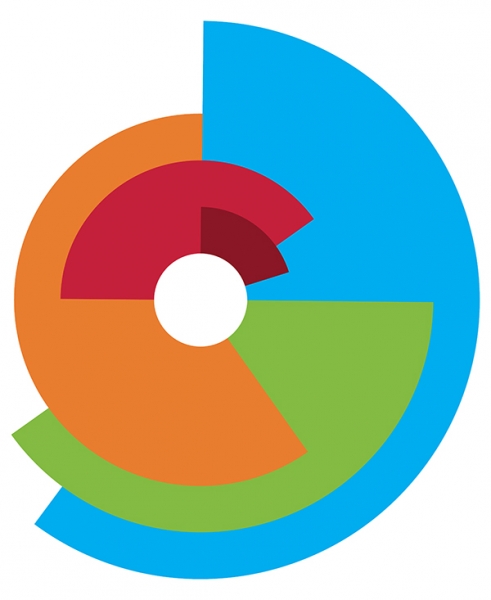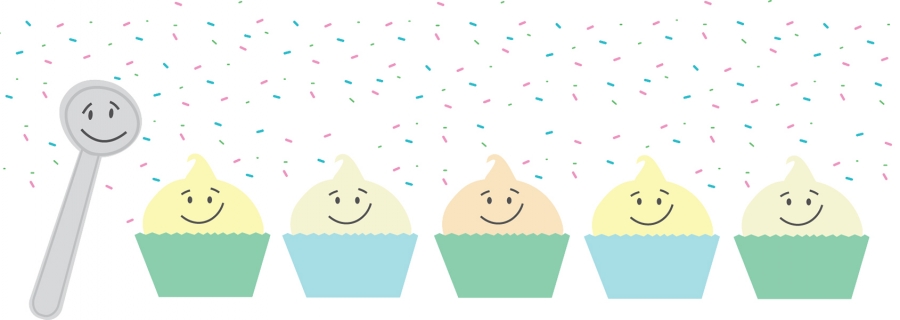Grocery stores are lined with pumpkins and Halloween endcaps. Coffee shops across the country have released autumnal treats. We’ve rolled right through false fall and into second summer.
 That can only mean one thing: football season has arrived. Aside from the usual fantasy football office chatter, a surprising discussion around user research, UX/UI design, and heuristics has been prompted by some…er…interesting design decisions from ESPN’s Monday Night Football graphics package.
That can only mean one thing: football season has arrived. Aside from the usual fantasy football office chatter, a surprising discussion around user research, UX/UI design, and heuristics has been prompted by some…er…interesting design decisions from ESPN’s Monday Night Football graphics package.
The first MNF game of the freshly minted NFL season featured a great matchup between the New Orleans Saints and the Houston Texans, and a new graphics package for the ubiquitous scorebug at the bottom of televised sports events. Spectators rely on this line to keep track of the game clock, score, penalties, and something called the down-and-distance marker that shows what down it is and the distance to go for a first down. If you’re not a football fan and all of this seems confusing, all you need to know is the down-and-distance marker graphic changes to alert viewers when a penalty flag has been thrown by the referee and that these penalty flags that often litter the field are bright yellow. With this knowledge, it would seem fairly obvious then that when considering the design of this down-and-distance marker, there would be one color you should steer clear of unless a penalty flag has been thrown. So what color did ESPN used for their standard down-and-distance graphic?

You guessed it — yellow. It was a bit of a baffling design decision, especially for a network that deals exclusively with sports broadcasting. Making it even more confusing, because they decided to use yellow as their color of choice for normal use, they opted to use a black background to indicate when a penalty flag was thrown. Of course, it took no time at all for the twitter universe to explode with comments of confusion, derision, and pleas for change. In defense of ESPN, they heard those pleas, acted fast and changed their graphics package to a more standard black and white down-and-distance marker by the start of the second half. It even prompted an acknowledgment and direct twitter response from an ESPN communications director.
Our ESPN production team is aware of the feedback on the #MNF down and distance graphic. We have called an audible and adjusted for the 2nd half of #HOUvsNO and for the #DENvsOAK game to follow. New look pictured here. pic.twitter.com/SWLKKuW87w
— bill hofheimer (@bhofheimer_espn) September 10, 2019
For our team, this prompted some thoughts on a few different topics — the first being user research. Obviously, we weren’t privy to what sort of design thinking and user research went into the creation of this scorebug graphics package, but it’s hard to believe it was very extensive if public reaction is a reliable metric. Iteration is an important sub-step in the design thinking process, and certainly ESPN showed their willingness to adapt and iterate on the fly. Though it would have been preferable to do this in a user research and prototyping phase, the old adage “better late than never” generally rings true. In addition to user research, careful consideration of UX/UI design and heuristics would have likely helped to avoid this calamity (Okay, maybe not a calamity, but this is football and a little drama comes with the territory). A couple of the tenants of UX heuristics laid out by famed computer scientist and usability consultant Jakob Nielsen are as follows:
- Match the system and the real world, and
- Establish consistency and standards.
This graphics package did a poor job of matching the information presented by the color system in the scorebug and the real-world color system of the physical penalty flags, and at the same time created a divide in consistency and standards that have long been established in the football world. This just goes to show the importance and impact that user research, design thinking, and UX/UI heuristics considerations can have on all projects. It’s something we always have in mind as we work hand in hand with our partners to innovate towards new design solutions and opportunities.
Thankfully this debacle (again, drama) has been put behind us for now — at least until the next questionable sports graphic decision makes headlines. Hey, the NBA season is just around the corner! We’ll keep our eyes peeled.
